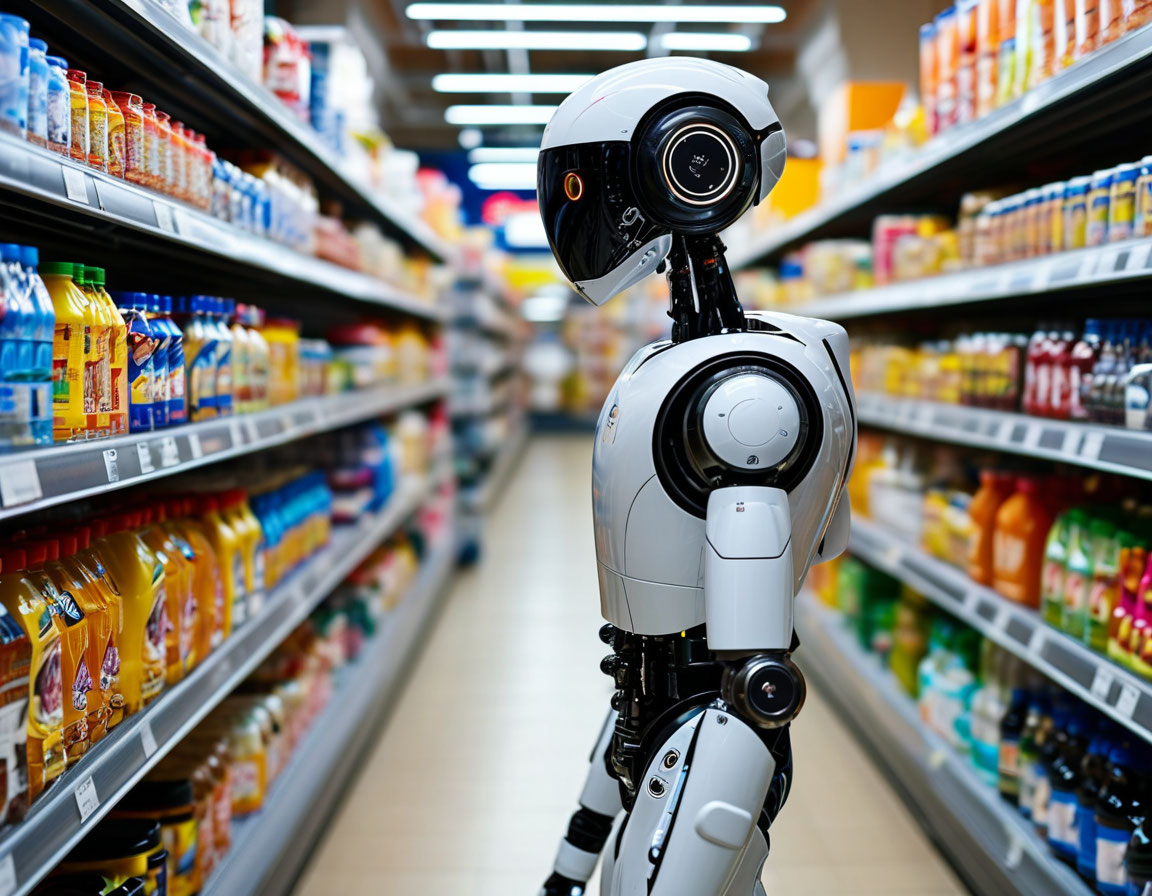How Merchandisers Deceive. Client Experiences from Different Countries. Part 3.
Other Fraud Methods
In this part of the article, we will present theoretical facts: we will describe the main scenarios encountered by us, our clients and partners. Interestingly, merchandisers from different countries use typical fraud methods, so these scenarios can be grouped into several categories.
“It’s Not Me, It’s Him!”
Since field specialists’ work depends on gadgets, software, internet coverage and other force majeure circumstances, there is a strong temptation to shift responsibility for inability to work to external causes. The most common explanations sound like this:
“The app wouldn’t launch/work, so I couldn’t do my job”
“The software drained my phone’s battery and it died”
“Your app froze my phone”
“There was no internet in the store, I couldn’t send anything.”
What can be done:
Track the employee’s equipment status using special software (for example, what battery level they started their shift with). Monitor their actions in the app and the app’s behavior (whether it actually froze).
Location Spoofing
This method is quite old and was used by merchandisers even before retailers implemented image recognition technology. The idea was that specialists would report taking photos in one store while actually being in another. It’s worth noting that such deception was possible until vendors introduced employee geolocation tracking.
In the modern world, this scenario has undergone technological improvement: now field specialists spoof or reset (making real GPS coordinates disappear) their location using apps like “fake GPS” that deceive tracking systems. The motivation for using fake geolocation may be higher scores for visiting certain stores (for example, newly opened ones) or more convenient store locations for the employee.
What can be done:
According to our statistics, about 5% of merchandisers attempt to deceive employers using such programs. The optimal solution currently is continuous monitoring of employee geolocation. Supervisors can see the merchandiser’s movement route between stores with time stamps, thus tracking the movement map and time spent in each store. There is also an alert system where an employee leaving a store early receives a device notification. If they don’t return, a countdown timer starts, and the agent gets another notification that their visit may be marked as potentially fraudulent.
Fake Camera and Object Substitution
Third-party “fake camera” apps are widely available in app stores. These apps have interfaces very similar to real cameras but can’t actually take photos: instead they use fake images (in our case – others’ photos of displays) preloaded to the device storage. Thus, dishonest agents use “fake camera” apps to upload photos of perfect displays from shared databases. Without making any real effort, they get excellent “work” results, high scores and good compensation by the end of the day. Meanwhile, trade marketers remain completely unaware of the actual shelf situation.
What can be done:
Replace the system camera with proprietary software. Develop special algorithms to check image uniqueness. Ban duplicate images in the system.
Staged Photos
This fraud type could be called the most creative. Merchandisers, having material interest in placing certain SKUs (e.g., new products) in premium locations (“golden shelf”, checkout zone), temporarily place SKUs in required spots, photograph them, submit reports, then remove the products from premium placements.
What can be done:
This fraud type is hardest to track, as it’s difficult to programmatically detect photographing one product in multiple store zones, and impossible to prevent merchandisers from moving products.
However, practice shows reduced fraud of this type when changing incentive programs: removing bonuses for premium placements eliminates the motivation.
Low-Tech Fraud
Until now we’ve discussed technology-related fraud. But there’s also “low-tech” fraud, which is quite common. We know cases where an agency hires one employee and gives them two smartphones to do two people’s work, while charging clients for two specialists though only paying one.
Merchandisers themselves sometimes work multiple contracts simultaneously, devoting just a couple hours to each rather than a full workday. This can critically impact merchandising quality in stores.
What can be done:
When possible, prohibit multiple specialists from visiting one store. If this restriction isn’t feasible and clients need multiple reps in one store simultaneously, set other limits: for example, allow hypermarkets but prohibit smaller stores.
#fraud #shelfmatch #recognition #AI #tech


